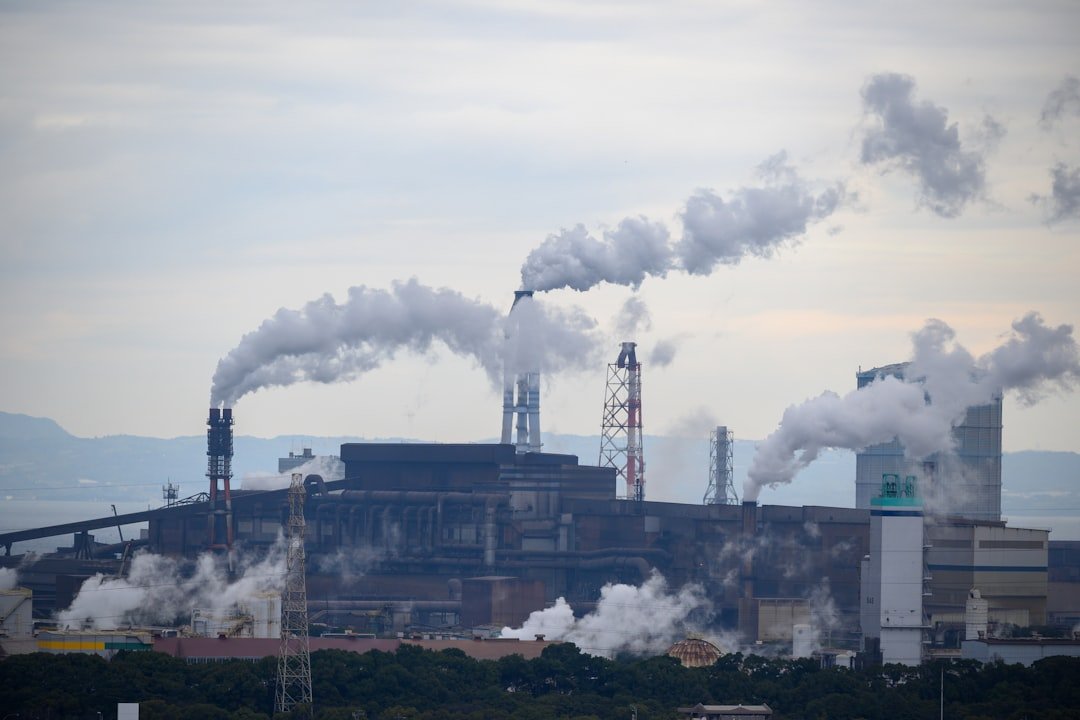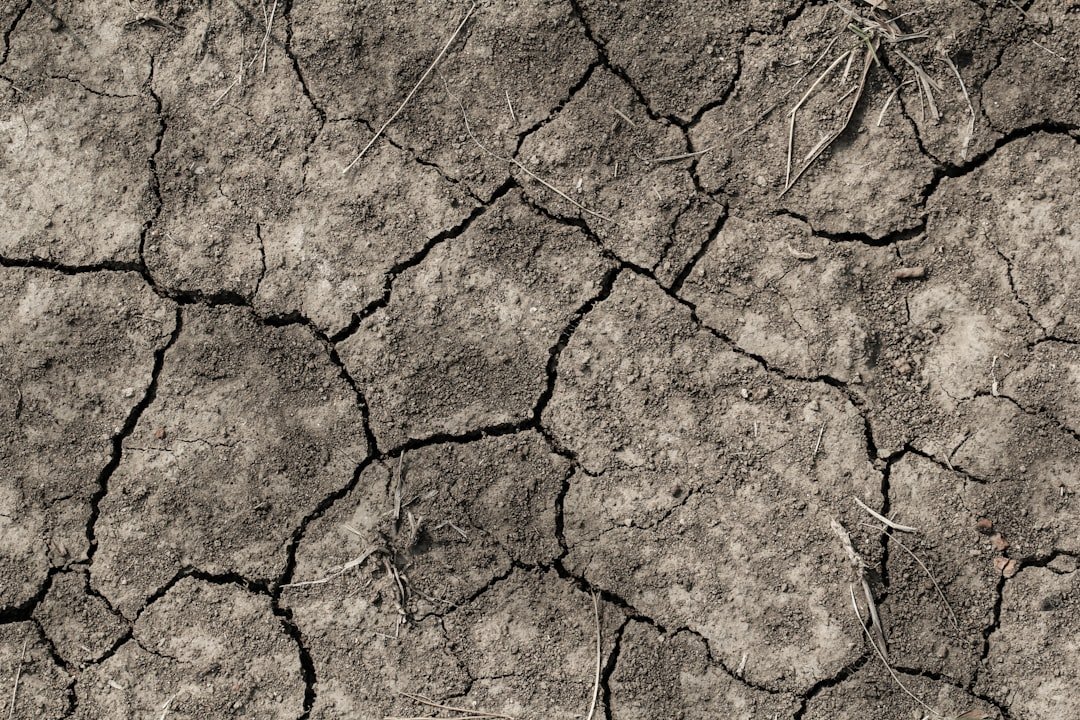Deforestation, or the mass removal of trees from forested areas, has become one of the most urgent environmental problems of the twenty-first century. Its effects are a global crisis. Numerous factors, such as logging, infrastructure projects, urbanization, and agricultural expansion, are responsible for this phenomenon. The delicate ecosystem balance is upset when forests are cut down to make room for these activities, which has a domino effect on human societies as well as the environment. As the world struggles with the consequences of losing large areas of forest cover, there has never been a more pressing need to address deforestation.
Key Takeaways
- Deforestation is the clearing of trees and forests on a large scale, often for agricultural or industrial purposes.
- Loss of biodiversity occurs when deforestation destroys the habitats of countless plant and animal species, leading to their extinction.
- Soil erosion is a direct result of deforestation, as tree roots help hold soil in place, and without them, soil is easily washed away by rain and wind.
- Climate change is exacerbated by deforestation, as trees absorb carbon dioxide and their removal contributes to increased greenhouse gas emissions.
- Disruption of the water cycle occurs when deforestation alters the natural flow of water, leading to issues such as flooding and droughts.
There are startling statistics about deforestation. Approximately 10 million hectares of forest, the size of Iceland, are lost annually, according to the Food and Agriculture Organization (FAO). Millions of people rely on forests for their livelihoods, biodiversity, and climate stability, all of which are seriously threatened by the unrelenting rate of deforestation.
It is crucial to comprehend the complex effects of deforestation in order to create strategies that effectively address this global issue. The devastating effects of destroying habitat. Numerous plants, animals, and microorganisms find a home in forests, which are home to an estimated 80% of all terrestrial species on Earth. Many species are at risk of going extinct because they lose their homes & food sources when trees are cut down and habitats are damaged.
The startling rate at which species are going extinct. According to a warning from the Intergovernmental Science-Policy Platform on Biodiversity & Ecosystem Services (IPBES), deforestation is the main cause of habitat loss, putting up to one million species at risk. Loss of biodiversity has consequences that go beyond a species’ immediate extinction. Because ecosystems depend on a complex web of interactions between organisms, the extinction of even one species can have a significant impact.
| Effects of Deforestation | Impact |
|---|---|
| Loss of Biodiversity | Reduction in the variety of plant and animal species, leading to imbalance in ecosystems |
| Soil Erosion | Decrease in soil fertility, increased risk of landslides and flooding |
| Climate Change | Release of carbon dioxide into the atmosphere, contributing to global warming |
| Disruption of Water Cycle | Alteration of rainfall patterns, affecting water availability and quality |
The extensive effects on human well-being and ecosystems. For example, the loss of habitat can result in lower crop yields and jeopardize food security because pollinators like bees and butterflies are essential to the production of food. Also, forests support genetic diversity, which is essential for resiliency in the face of illness and environmental change. Thus, the loss of biodiversity makes both human health and wildlife extremely vulnerable. Deforestation also has the crucial effect of causing soil erosion, which is frequently ignored until it reaches dangerous proportions.
Because of their ability to anchor the soil with their root systems & stop erosion from wind & water, trees are essential for preserving the health of the soil. The loss of the protective cover that trees provide when forests are cleared increases the soil’s vulnerability. Topsoil, which is necessary for agriculture and plant growth, can be washed away by heavy rains, lowering fertility & productivity.
Beyond just affecting nearby ecosystems, soil erosion can cause sedimentation in rivers and streams, which can have an adverse effect on aquatic life & water quality. Also, communities in the vicinity may be at risk from landslides and other natural disasters caused by eroded soil. Erosion-induced loss of fertile land can also make food insecurity worse, especially in areas where agriculture is the main source of income. Therefore, stopping deforestation is essential for protecting soil health and agricultural productivity in addition to maintaining forests.
With deforestation contributing roughly 10–15% of global greenhouse gas emissions, it is a major cause of climate change. Carbon dioxide is taken up by trees and stored in their biomass, making them carbon sinks. This stored carbon is released back into the atmosphere during forest clearing or burning, intensifying the greenhouse effect and causing global warming.
The loss of forests reduces the planet’s ability to store carbon in the future in addition to raising carbon emissions. Given the rise in extreme weather events’ frequency and severity, the connection between deforestation and climate change is especially worrisome. Previously stable areas may now face droughts, floods, and other climate-related calamities as global temperatures rise.
A vicious cycle that endangers both natural habitats and human communities can result from these changes, which can further stress ecosystems already affected by deforestation. It is essential to address deforestation as part of larger environmental strategies in order to effectively mitigate climate change. Because they enable processes like transpiration and precipitation, forests are essential for controlling the water cycle.
Trees help to create clouds and precipitation patterns by absorbing water from the soil and releasing it into the atmosphere through transpiration. This natural process is upset when forests are cut down, which changes rainfall patterns and increases the frequency of drought or flooding in the impacted areas. Both ecosystems and human populations may suffer greatly as a result of disturbed water cycles. Communities may have less water available for irrigation & drinking in areas where deforestation has taken place, which could result in disputes over water resources.
Changes in rainfall patterns can also have an impact on agricultural output, which makes food insecurity even worse. The significance of protecting forested areas to preserve healthy ecosystems and guarantee sustainable water resources is highlighted by the interdependence of forests and water systems. The Value of Forests in Culture. The cultural significance of forests is immense, and they are frequently intricately linked to the identity and customs of the local populace.
As communities fight for dwindling resources or oppose encroachment by commercial interests like logging or agriculture, deforestation can result in social conflicts. These tensions are only made worse when indigenous voices are ignored when making decisions about land use. Marginalization and Social Conflicts. Social conflicts that emerge as communities compete for scarce resources or oppose the intrusion of commercial interests exacerbate the effects of deforestation. These tensions are only made worse by the exclusion of indigenous perspectives from land use decision-making processes, which fuels more instability and conflict.
In search of sustainable solutions. In order to create sustainable solutions that strike a balance between environmental preservation and economic development, it is imperative to acknowledge the rights and expertise of local communities. We can endeavor to create a more sustainable & equitable future for everybody by empowering local communities and taking into account their perspectives and knowledge. Numerous initiatives have been started at the local, national, & international levels in response to the escalating deforestation crisis.
Governments are realizing the value of sustainable forest management techniques that strike a balance between environmental preservation and economic growth. The goal of initiatives like reforestation projects is to preserve biodiversity while restoring degraded areas. Countries must pledge to reduce emissions from deforestation and forest degradation (REDD+), according to international agreements like the Paris Agreement. These frameworks offer financial incentives for conservation initiatives while enticing countries to enact laws that safeguard forests.
Non-governmental organizations (NGOs) are also essential in motivating companies and customers to adopt sustainable practices and educating them about the negative effects of deforestation. The fight against deforestation has also seen the rise of grassroots movements. More & more local communities are banding together to oppose exploitation of their lands and promote sustainable land-use methods. Empowering these communities and elevating their perspectives in policy debates may lead to more just solutions that put social justice and environmental health first.
Deforestation is a complex problem that endangers water supplies, biodiversity, soil health, climate stability, & the means of subsistence for local communities. The necessity of taking immediate action at all levels—individuals, governments, corporations, & organizations must unite to tackle this worldwide challenge—cannot be emphasized enough. People can help by choosing to consume in a responsible manner, supporting eco-friendly goods, and supporting laws that save forests.
To guarantee that the rights of local communities are upheld, governments must make forest conservation a top priority on their agendas and encourage cooperation with them. To reduce their impact on forests, businesses should invest in reforestation projects and implement sustainable practices. In summary, combating deforestation is a moral necessity that impacts all facets of life on Earth and goes beyond environmental concerns. Society can ensure a healthier planet for future generations by working together to create a future where forests coexist peacefully with human communities.


